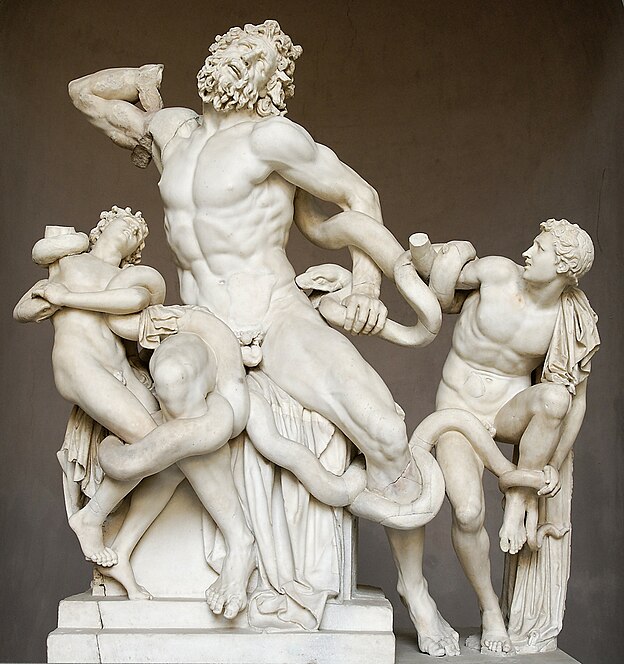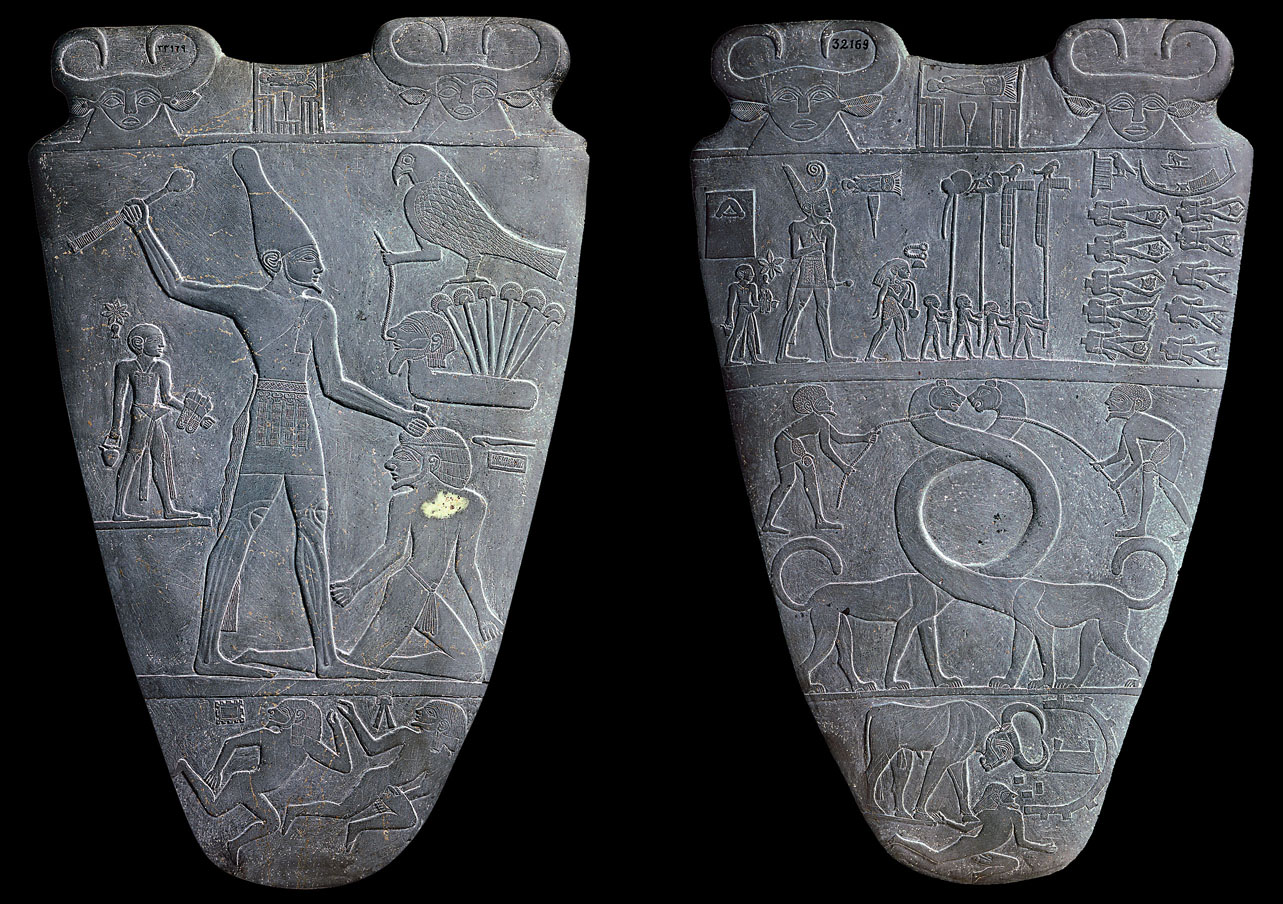Ai weiwei, Through , 2007 , Iron Wood(tieli wood), Qing Dynasty (1644-1911),
table, parts of beams and pillars from dismantled temples of the Qing Dynasty (1644-1911)
Description
The name of the artwork is Through by Ai Weiwei. The year it was made was approximately from 2007 to 2008. The material used in this artwork is a wood called Iron Wood, which has tones of dark brown colour. The artwork takes a dimension of 400x800x1340mm.
Pillars and tables from dismantled temples belonging to the Qing Dynasty (1644-1911) are the subject matters of this artwork. There are 10 tables in the artwork and around 25 to 30 pillars are used. The sides of the tables and top of the pillars have geometrical and floral carvings and patterns. The tables and pillars appear to be intersecting each other, connecting and joining in diagonal orientations therefore creating a very active and angular presence.
The elements of art applied in Through are lines, shapes, texture and colour. Horizontal lines can be seen on the table tops. Vertical lines are formed by the table legs. The most interesting elements are the diagonal lines. They are apparent in the way the mately 30° and 45° and this creates a highly angular appearance. The shapes that can be seen are squares of the pillars, beams and tables intersect each other. The meeting points of these intersections forms angles of approxitabletops, cylinders of the pillars, and also the implications of triangles due to the intersecting pillars and the floor. Actual textures can be felt in the artwork which is the texture of wood with its carvings and cracks on the pillars.
Analysis
Through has portrayed principles of organisation including rhythm, balance, and unity. Rhythm is achieved as we can see a lot of lines of beams and pillars travelling up and down diagonally throughout the artwork, forming triangular rhythms. The entire artwork is also asymmetrically balanced. There is not a main focus point as the subject matters are arranged randomly and because of this, it attracts the viewer to focus in the whole artwork instead of individual parts. Unity and similarity can be seen in this artwork, the subject matters of the artwork are similar, which are pillars and tables with similar colour of dark brown. Cylindrical pillars and square tables are repeated throughout the artwork, intersecting each other angularly and geometrically, forming geometric shapes of squares and mostly triangles.
Through is the last piece of a series of similar artworks. The time spent in creating this artwork spanned two years. However, Ai had utilised almost 11 years understanding antique and working with craftsmen on the series. About 10-15 Chinese craftsmen who are best in Chinese joinery are employed to work on this artwork. No nails are applied in the technique. Holes were cut into the tables and connected to the pillars and beams through Chinese joinery. Pillars and beams are also intersected using wood joints.
This artwork appears to be very chaotic and messy because of the arrangement of tables and pillars. It seems that the pillars are fighting and forcing themselves through tables and this gives a very active, aggressive and angry feel. The artwork has a traditional feel, however contrasted with the very flamboyant design.
Judgement
Ai’s artwork could be a propaganda tool and a medium to speak up against the Chinese government, which is a communist country yet authoritarian. Ai who is famous for his pro-democracy activities uses this artwork to educate us to break out of traditions, revolt against systems that have been the norm but not necessarily good. This is interpreted by how he used old traditional dismantled materials which already have a function, and recreated something new, contemporary and beautiful.
This is supported by the usage of materials from the Qing Dynasty. Qing Dynasty is the last dynasty in China, before the country turned into a republic due to the XinHai Revolution. This could be the reason why Ai used Qing Dynasty materials, because it shows a fallen system that has ruled for thousands of years and a birth of a new one.
Ai also applied formalism in this artwork. The aggressiveness, flamboyance and dynamism of the artwork are created by using diagonal pillars and tables intersecting each other. The formations seemed random but it created something of high aesthetic value. Using wood to create such effects also plays a role as we are not used to seeing wood designed in such a manner. Together with the large scale of this artwork, it poses quite an uncomfortable feeling. The scale of the artwork probably shows that it takes effort of a huge scale, to change something.
Audience
This artwork is commissioned by the Sherman Contemporary Art Foundation in Sydney. The audience of this artwork includes the youth of China, as they are the one who still have time to respond to the message. Also, the Chinese government, who are keeping keen eyes on Ai’s actions. Democracy and freedom fighters would also appreciate this artwork, especially with what is happening around the Middle East. Artists and people in the art industry would appreciate this. Educators use this artwork to spread a message, and students learn about the current affairs of China through this artwork. Kitsch artists could also enjoy this work of art.
Reference












